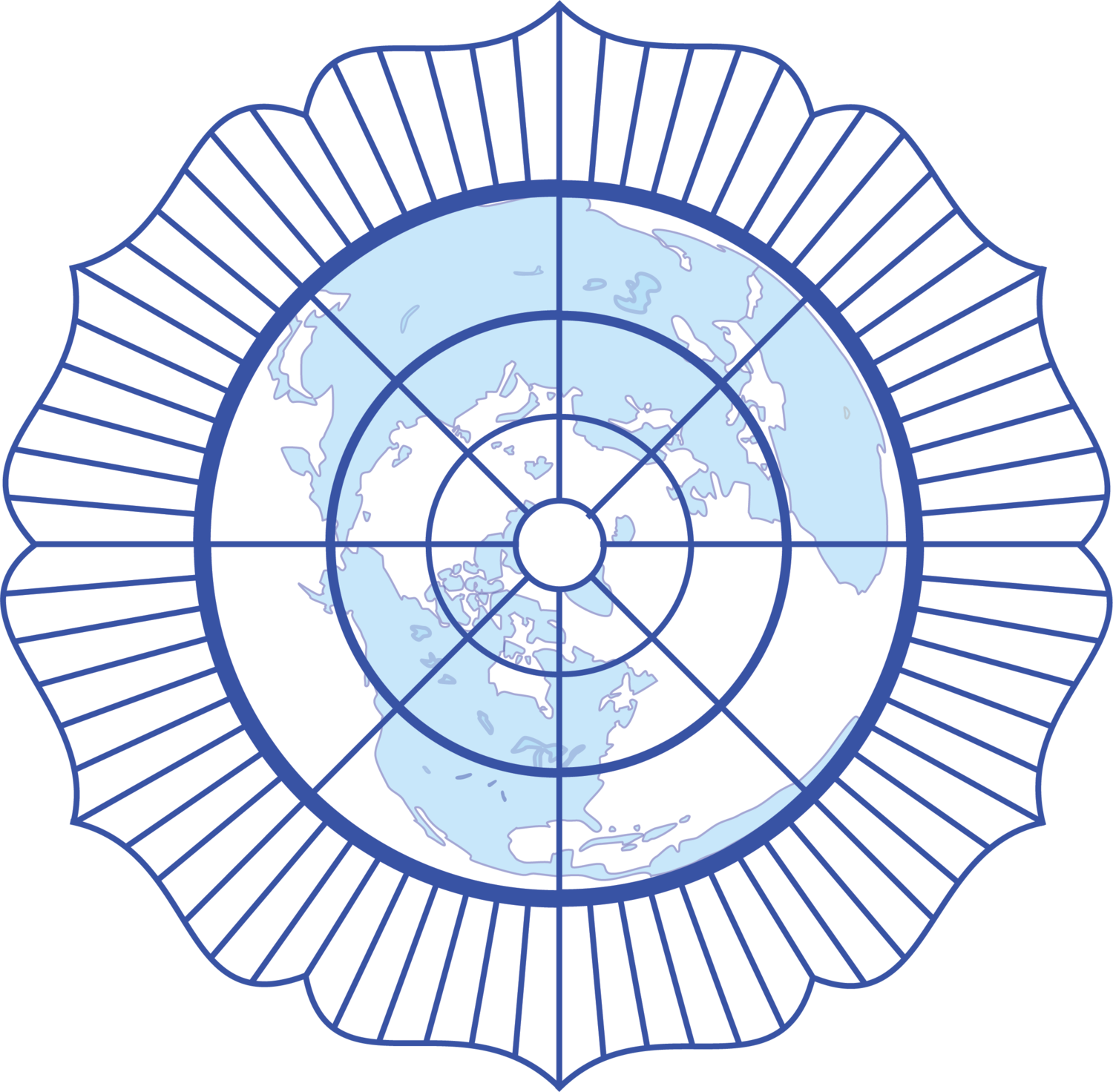Frequently Asked Questions
Q: Is a Tibetan Unicode keyboard provided with the Sambhota Unicode fonts?
A: Nithartha Sambhota does not provide a Tibetan keyboard. However, there are freely available Tibetan Unicode keyboards for both Mac and Windows. On the Mac, 3 Tibetan keyboards are provided with the Mac OS. They can be accessed through System Preferences by clicking on the Keyboard icon. Then select the + sign in the lower-left corner to add your choice of Tibetan keyboards. On Windows we typically use the Tise keyboard developed by Grigory Mokhin https://tise.mokhin.org/ The UDP tool available at http://udp.leighb.com/ is another possibility. See: https://collab.itc.virginia.edu/wiki/tibetan-script/home.html for more options.
Q: How do you install the Sambhota Tibetan Unicode fonts?
A: You typically install Unicode fonts just like any other fonts on Windows or the Mac. You cursor over the font file and then double click. You will then get instructions from either Windows or the Mac on the next steps for installing the fonts. Once you install the fonts, you need to set up a Tibetan Unicode keyboard. There are instructions on how to install a Tibetan Unicode keyboard in this FAQ.
Q: What happened to the old Sambhota fonts?
A: We are no longer providing the old Sambhota fonts such as the Dedris and Ededris fonts. Instead, we are offering Sambhota Unicode fonts to encourage users to use Tibetan Unicode. Tibetan Unicode is an international standard for typing Tibetan and usage of the legacy fonts should now be avoided when possible.
Q: Do the Sambhota Unicode fonts work with all software on both Mac and Windows?
A: The new Sambhota Unicode fonts work on both the PC and the Mac. They will work with any software that effectively supports Tibetan Unicode. However, you cannot safely assume that all word processors have the same support for typing Sambhota Unicode. For example, we have found that different versions of MS Word have different support for the Sambhota Unicode fonts. In some versions of MS Word on the Mac, typing a tsek causes the font to automatically revert from Sambhota Unicode to Microsoft Himalaya. This is not true in Pages, TextEdit, LibreOffice, and other programs. You can always type in Microsoft Himalaya Tibetan and then do a Select All and convert to SambhotaUnicode using the Font menu. So, that is one way to get around the typing problem in MS Word.
Q: I want to automatically convert documents using the older Sambhota Tibetan fonts to Tibetan Unicode. How do I do this?
A: There are a number of different options available depending on whether you are using Windows or the Macintosh. On Windows there is a program called UDP available at http://udp.leighb.com/ that you can use to convert the older fonts including dedris, ededris, esama/b/c, Sama/b/c, Samw to Unicode. You can also use this software to type Unicode Tibetan including the SambhotaUnicode font. Another Windows TIbetan Unicode conversion tool is called Attu. It's available at: http://www.pechamaker.com/attu/ For more information on other tools see: http://www.thlib.org/tools/scripts/wiki/Tabular%20Survey%20Of%20Converters%20%7Camp%7C%20Reverters%20For%20Tibetan.html
Q: Is Sambhota’s Unicode fully interchangeable with other Tibetan Unicode fonts?
A: Yes. In your word processor, you can simply select and highlight the Tibetan text you want to modify and then go to the font menu to change from one Tibetan Unicode font to another. Note that font sizes for different Tibetan fonts are not uniform so you may need to resize the font after changing Tibetan Unicode fonts.
Q: Are Tibetan Unicode fonts compatible with email programs?
A: You can typically enter the Tibetan Unicode document in another program such as LibreOffice and then copy and paste the text into an email. You may be able to type Unicode Tibetan into the email program, but it depends on the program.
Q: What is the difference between the two fonts in the package: SambhotaUnicode and SambhotaUnicodeBase?
A: The two fonts, SambhotaUnicode and SambhotaUnicodeBase, include exactly the same characters or glyphs. SambhotaUnicode is useful for documents containing both Tibetan and English since the Tibetan characters are set to be higher vertically. SambhotaUnicodeBase is useful for documents that have both small Tibetan characters (yig chung) and large Tibetan characters (yig chen) since the tops of the Tibetan characters are set to be at the baseline of the font. In English fonts, characters sit on top of the baseline of the font, and English characters are resized with respect to the baseline. This means that when you view English characters on the baseline, their bottoms will always line up, no matter what the character size. In order for the tops of Tibetan characters to line up, no matter what the character size, the tops of Tibetan characters must be set to the baseline in the font. Thus, when using SambhotaUnicodeBase, Tibetan characters will appear below English characters when they are typed on the same baseline. You can read more about the baseline at https://en.wikipedia.org/wiki/Baseline_(typography). Also note that in designing graphics such as mandalas, thangkas, or symbolism, which don't contain English characters, SambhotaUnicodeBase is your best option.
Q: Can you point me to specialized software for typing Unicode Tibetan?
A: LibreOffice has such an extension. See: http://digitaltibetan.org/index.php/Tibetan_Formatting_LibreOffice_Extension

